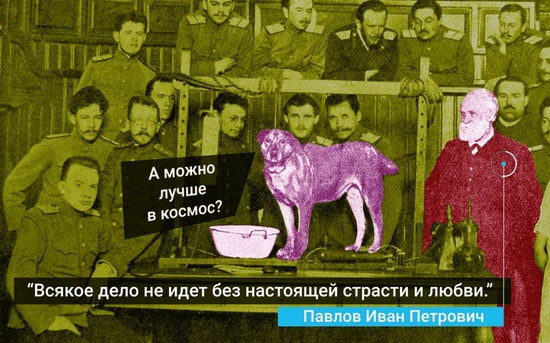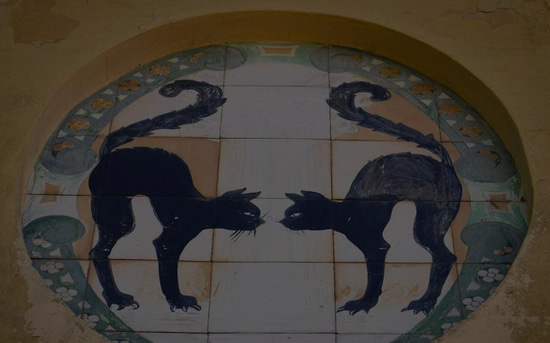How does group psychotherapy work? What are the types of psychotherapeutic groups and by what parameters do we distinguish them? Let's try to summarize the main points in this short article.
We are social creatures. From birth, our lives are connected to groups: family, school class, work collective, sports team. Wherever there is a group, group dynamics always arise — a complex process of how people interact, distribute roles, experience rivalry and conflicts, but at the same time seek connection, commonality, and deep meaning.
Over approximately the last century and a half, psychology, psychotherapy, and social sciences have created various group formats where a person can consciously and safely explore themselves, their social experience, and receive the necessary support. The conscious use of group dynamics allows one to see how we react, build contact, occupy a place among others, approach or distance ourselves, turning the group into a powerful resource where emotional wounds can heal and the feeling of connection can return.
What is a group in a therapeutic sense?
To start, it is important to understand the basic definition. Several people in one room are not necessarily a group in a psychological sense, although behavioral dynamics already exist (someone is hot, someone is noisy). A true group arises when people are united by common values, goals, or meaning. When we talk about therapeutic groups, we conventionally distinguish five classic group formats inherent to most psychotherapeutic approaches (although sometimes six are mentioned). Each of these formats was created to satisfy the specific requests and needs of participants, while the remaining formats are either combinations of the classics, their "subgenres," or formats specific only to a particular school of therapy.
Classification of group therapy formats: two key axes
A two-axis system is convenient for classifying group formats:
The first axis is how structure. It shows whether the group format has a clear framework (high structuredness) or, conversely, more spontaneity (low structuredness).
The second axis is focus. It reflects where the work is directed — from internal processes (individual reflection) to interaction between participants (interpersonal relationships).
Based on this classification, all six formats can be described:
1. Psychoeducational Groups
These are the most structured groups with the least focus on interpersonal interaction. The focus here is on the transfer of knowledge and skills (e.g., anger management, basics of mindfulness). Interpersonal interaction is minimal, but participants can discuss new information and share their own experience of mastering knowledge.
2. Training Groups
These are also structured groups, but they are aimed at practicing specific skills (e.g., communication skills, assertiveness) through active interaction. Participants actively interact, perform exercises, discuss experiences, and receive feedback. A clear structure and controlled dynamic are combined here.
3. Support Groups
These are groups with a moderate structure, created for emotional support and stabilization of people in difficult life circumstances. Participants share experiences, receive feedback from others, and feel a sense of community. Interaction between people becomes the main resource, but it takes place within safe, predictable boundaries.
Separately about Alcoholics Anonymous (AA/NA) clubs: Alcoholics Anonymous is a subtype of support groups (Peer Support Groups). This is a special type of group where participants support each other without a professional leader. It is more of a spiritual and ethical program (the 12-Step Program), rather than a psychotherapeutic one.
4. Theme-Centered Therapy Groups
These are therapeutic groups that have an assigned theme or a common request (e.g., relationships, self-esteem, anxiety). Participants share personal stories, react to each other, and process similar experiences. The structure here is flexible: the theme sets the direction, and the dynamic of interaction determines the depth of the process.
5. Process-Oriented Groups
This is the least structured group format from the participant's perspective, where the main focus is on the interaction within the group.
Process: There is no assigned theme here — it becomes what happens "here and now" in the group dynamic. Interaction itself, emotional reactions, and ways of connecting are the main material for therapeutic research.
Example: The work in this format is described in Irvin Yalom's book "The Schopenhauer Cure." Yalom works in the existential approach, and his groups are a classic example of a process-oriented therapeutic group.
6. Inpatient Groups
This is a format that is mentioned separately. These are groups conducted in a clinical or stationary setting — for example, in psychiatric or rehabilitation wards.
Process: This format is sometimes not considered separate because its structure depends on the patients' condition and often combines elements of psychoeducation, support, and therapy (i.e., elements of the previous formats, but within a medical institution).
The interpersonal dynamic here is controlled and serves primarily to stabilize and adapt the person during the treatment process.
Result of group work
Any psychological group format — through exercises, interventions, experiments, dynamics, and tools inherent to each approach — is aimed at expanding the person's "open area".
This is explained using the "Johari Window" — a model of self-discovery and interpersonal disclosure**, which describes all possible psychic manifestations of a person through 4 areas:
I know, others know — Open Area (known to me and others)
I know, others don't know — Hidden Area (what I know but conceal: my realized feelings, fears)
I don't know, others know — Blind Spot (what others see, but I don't: my habits, reactions, traits)
I don't know, others don't know — Unknown Area (what is unknown to both me and others: unconscious, potential, trauma)
Group work contributes to increasing a person's manifestness, self-awareness in interaction, and deeper understanding of one's own reactions and behavior, which occurs through the movement of information from the "Blind" and "Hidden" areas to the "Open" area.
Furthermore, group and individual therapy complement each other perfectly.
What arises in the group — reactions, feelings, discoveries — can and should be transferred and processed in individual work. If you have the psychological and financial resources, combining these formats of psychotherapy is a wonderful synergy.







